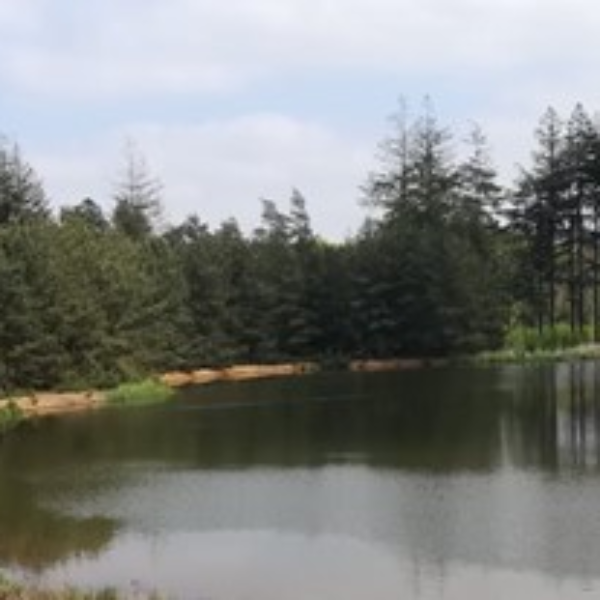Noord-Veluwe water battery
Potential technical possibilities and costs

Noord-Veluwe water battery
Increasingly frequent, extended periods of drought are adversely affecting the availability of water for nature, residents, agriculture etc. A water battery, which stores excess water in the winter in aquifers, can offer a solution. The Province of Gelderland commissioned Witteveen+Bos and H+N+S Landscape Architects to carry out an initial exploratory study of the possibility of establishing a water battery for the Noord-Veluwe drinking water reservation area (DRG, drinkwaterreserveringsgebied) in particular.
Human actions and climate change have led to the desiccation of the Veluwe area. There are various ways of tackling this problem, including a water battery. This is a system in which extra water is stored in the aquifers (water-bearing layers) in periods when there is an abundance of water. This buffer can subsequently be used for various purposes in the area during periods when water is scarce.
Water battery feasible
Our exploratory study/desk study established that a water battery is a technically feasible means of improving the availability of freshwater in the Noord-Veluwe area in the medium term. The Noord-Veluwe area is geohydrologically suitable for a water battery, due to the presence of a thick sand layer.
There is also sufficient surface water available in the surrounding area (IJssel river, Veluwerandmeren lakes and Apeldoorn canal) during the winter months to feed a water battery with a capacity of between 8 and 50 million m3 annually.
Existing technical measures and (drinking water) purification techniques are capable of purifying the surface water to provide infiltration water of sufficient quality. The production costs for infiltration water are comparable to the price of water supplied by Vitens, the local producer.
Saving and storage
Once the Provincial Council had set the boundaries of the drinking water reservation areas (DRGs, drinkwaterreserveringsgebieden), the province of Gelderland began developing an adaptive strategy. This strategy prepares for the use of the new DRGs for the future sustainable extraction of drinking water in Gelderland. As well as the DRGs, other extraction techniques can be explored and applied in this process. Water saving and water batteries are important topics for the medium term.
Click here for the full report (in Dutch only): Report Klimaatvalleienveluwe
More information:


